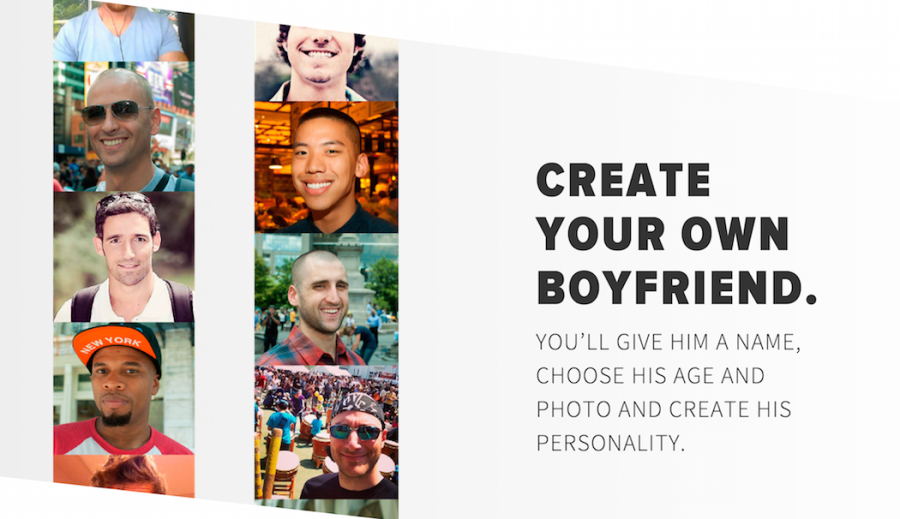Build-a-boyfriend
Some “family holiday movies” depict what it’s like to return home after leaving the nest. The college-student protagonists pack their bags, leaving behind their semi-adult lives, which may or may not be falling apart but are nevertheless theirs, and return to the madhouse that is their childhood home. There’s the creepy uncle, the overemotional mother who makes too much food, the stout father who just grunts hoarsely and the moody cousin who’s going through her Twilight phase. Yet above all these tropes, without fail, one of the greatest reasons as to why the protagonist dreads going home is the inevitable barrage of twenty questions from family members: “Do you have a job?” “What’s your life plan?” “What are you studying?” and “What’s your major?” But the worst one, by far, is the nauseating “Do you have a boyfriend/girlfriend?”
To the last question, all sorts of tales have been fabricated, which include bringing along a best friend to play the part to hiring an escort . But since real life is not a movie, an actual person’s ruses are sadly limited, George Glass style. Even with social media making it infinitely easier to create a fake person, maintaining a façade of having a significant other simply takes too much time and energy. Until now.
“Finally. A boyfriend your family can believe in.” This is the tagline that greets you when visiting the InvisibleBoyfriend (or Girlfriend) website. “Invisible Boyfriend gives you real-world and social proof that you’re in a relationship—even if you’re not—so you can get back to living life on your own terms.” The website lets you customize your perfect significant other: name, age, photo, personality. You can even decide how you two met with either a fill-in-the-blank template or a free-write paragraph. However, what makes the service unique is how it goes beyond only creating the person. For USD $24.99 a month, you get real-life, personalized interaction with this fabricated significant other: a hundred text messages, ten voicemails and one handwritten note. The biggest selling-point lies in the fact that it’s not a bot on the other end sending sweet hugs and kisses but rather a real person who’s been hired to play the part.
Ridiculous or plain pathetic to some, this idea is a sad reminder of how much of our life’s worth is based on our online profiles. Rather than providing a service meant to substitute a real relationship (think Her), the creator Matt Homann had more practical intentions: “Our audience might come from a variety of situations: maybe they’re in a same-sex relationship they’re hiding from disapproving relatives, are trying to avoid the unwelcome advances from a coworker, or have chosen to focus on their work instead of romance,” he says. This is reasonable. Yet, the fault lies within a culture obsessed with dating that cultivates such strong fear and pressure around singledom. A man who bought the InvisibleGirlfriend domain for USD $7 one drunken night is now making a huge profit on helping sell convincing lies to over-inquisitive friends and family.
The blame cannot be attributed to the creator, nor anyone who’s contributed to the database of selfies available to choose as the appearance of one’s Invisible Boyfriend or Girlfriend. People have already been telling these types of lies for years, so as Hoffman puts it, “We’re [only] giving them a better story to tell, even if the story isn’t true.”

This is Catu's third year on The Talon, having moved up the corporate ladder from Blogger to Entertainment Writer to finally Columnist. Her likes include...









